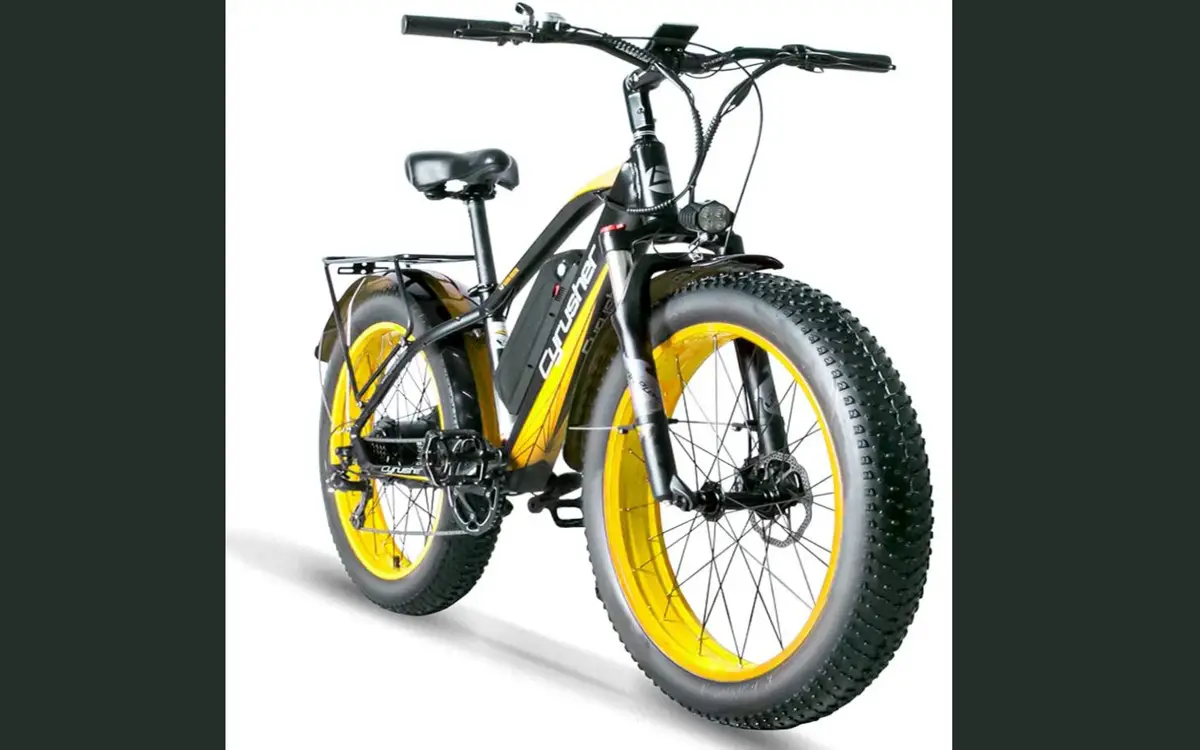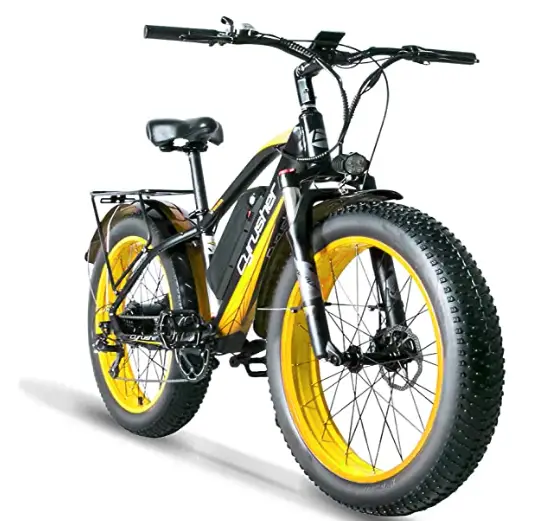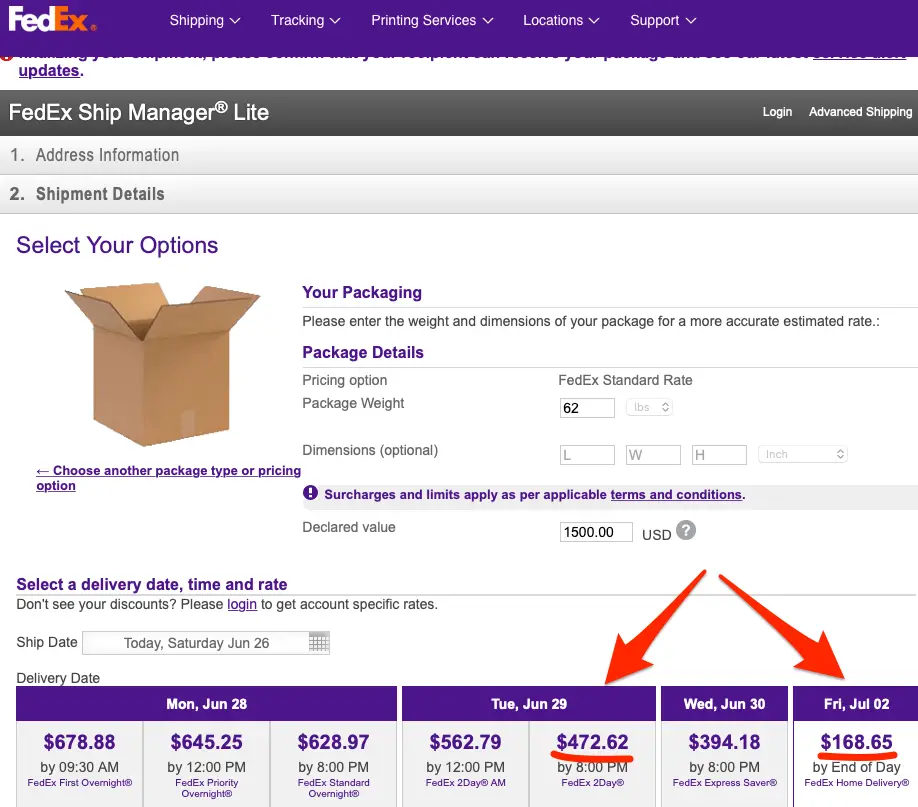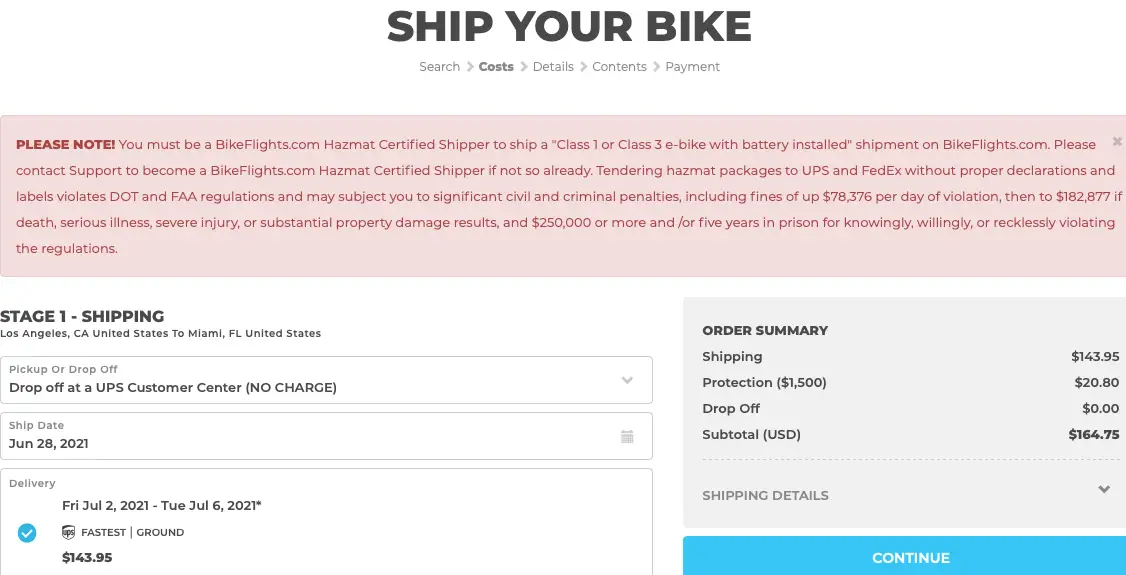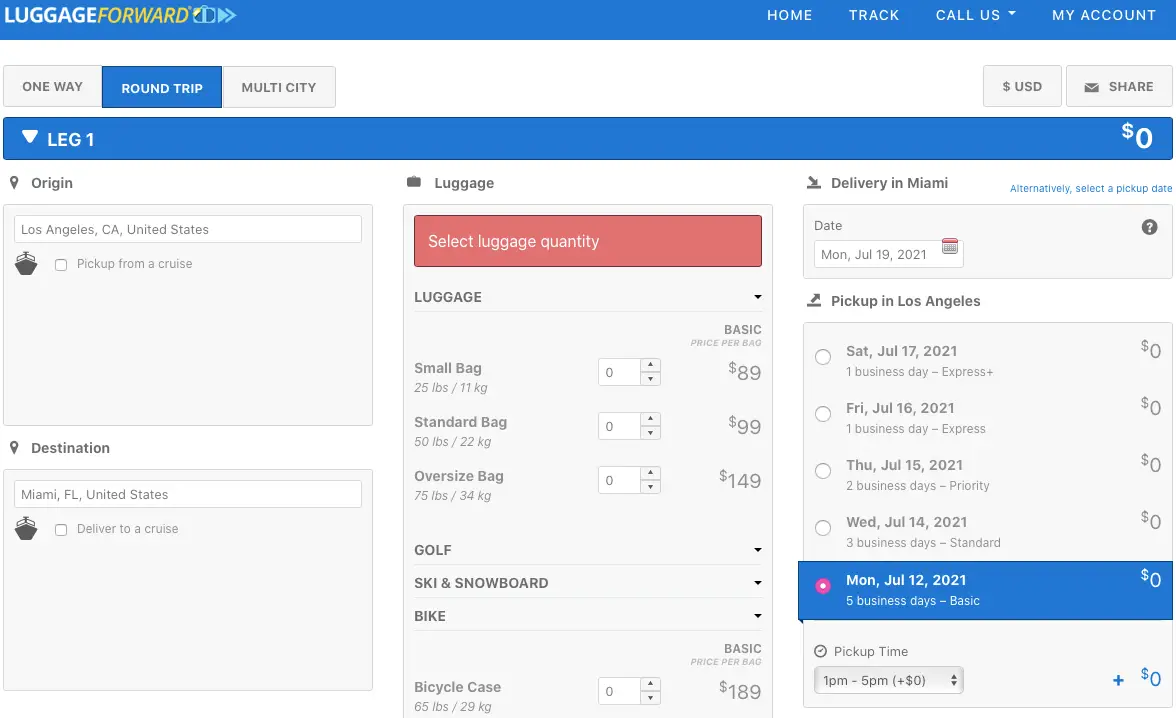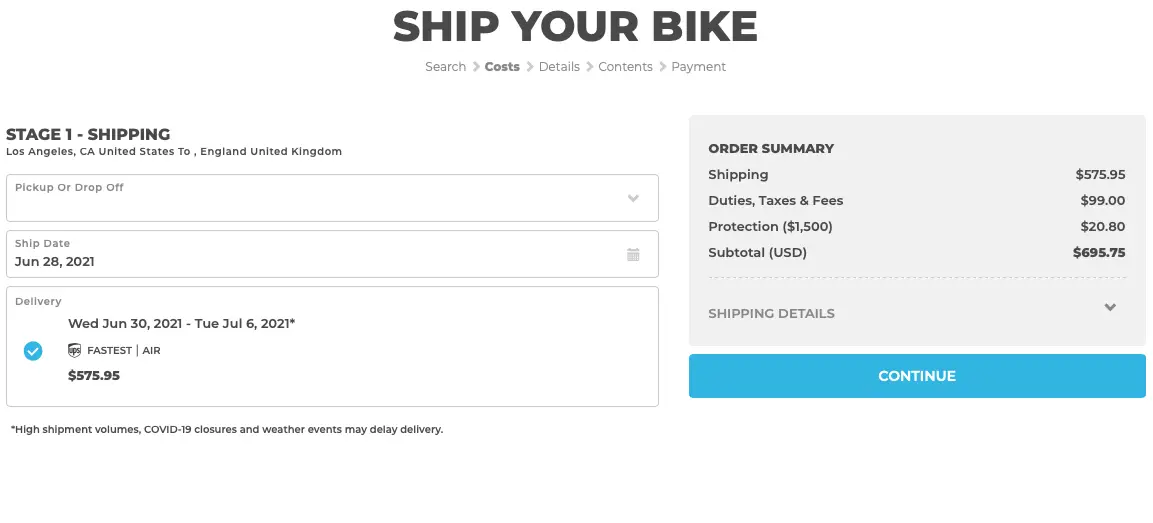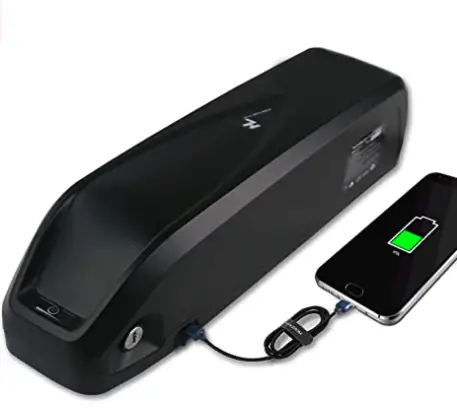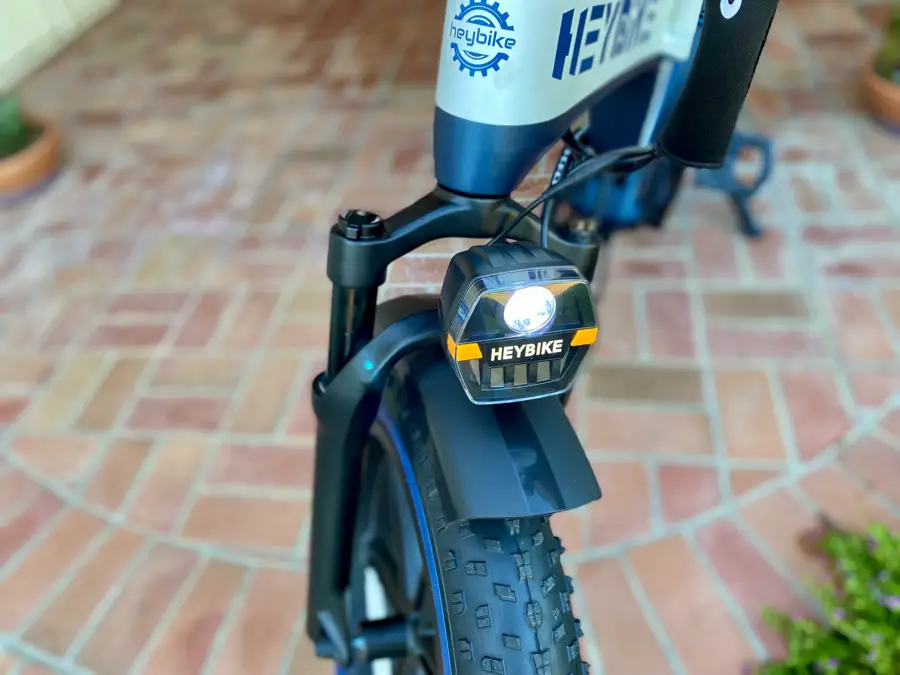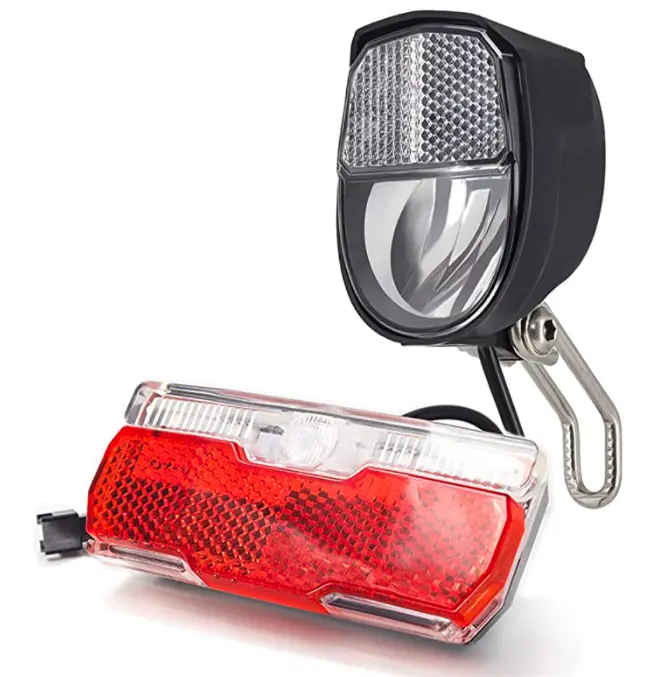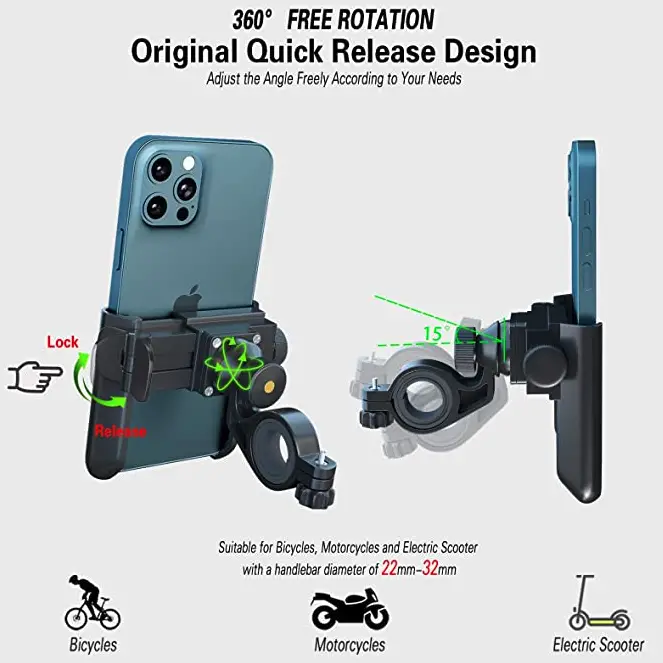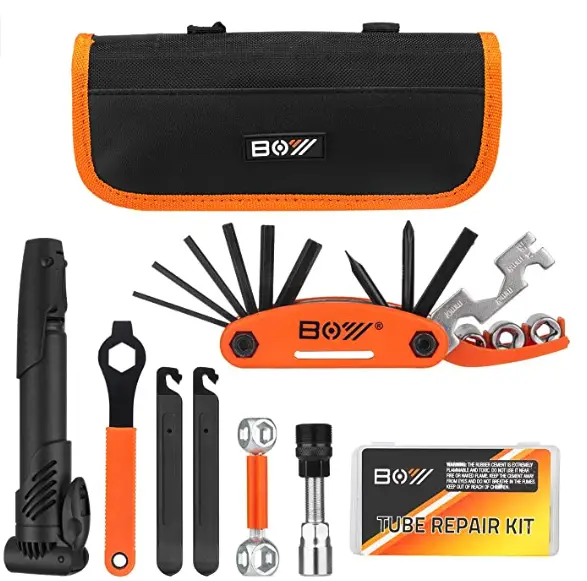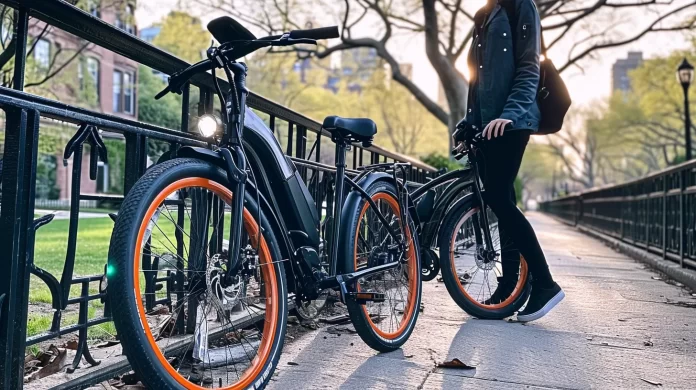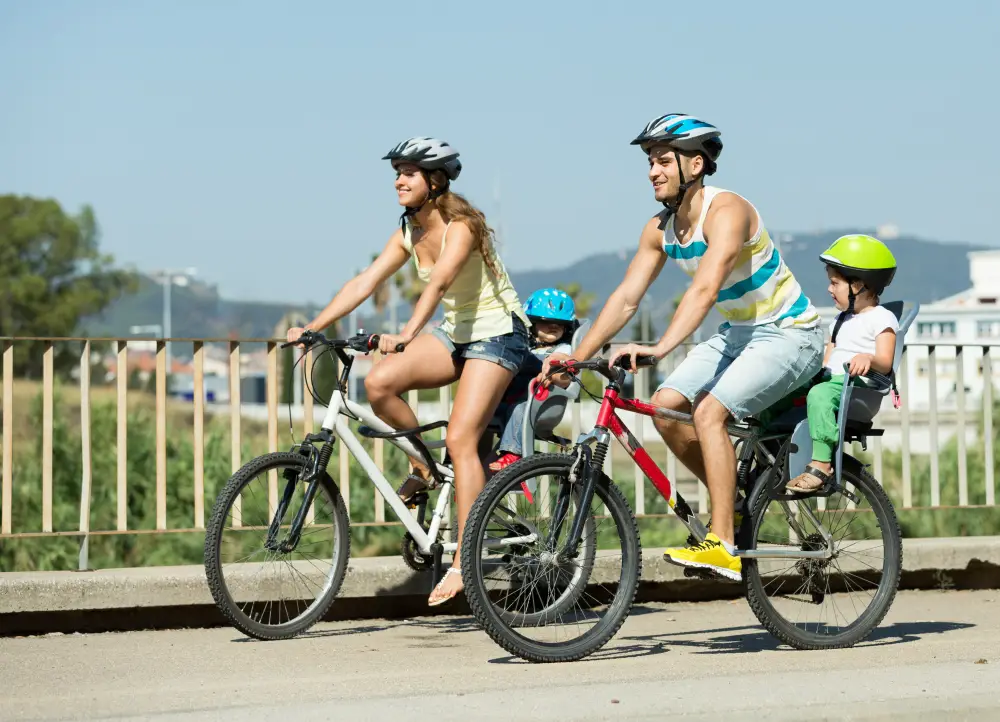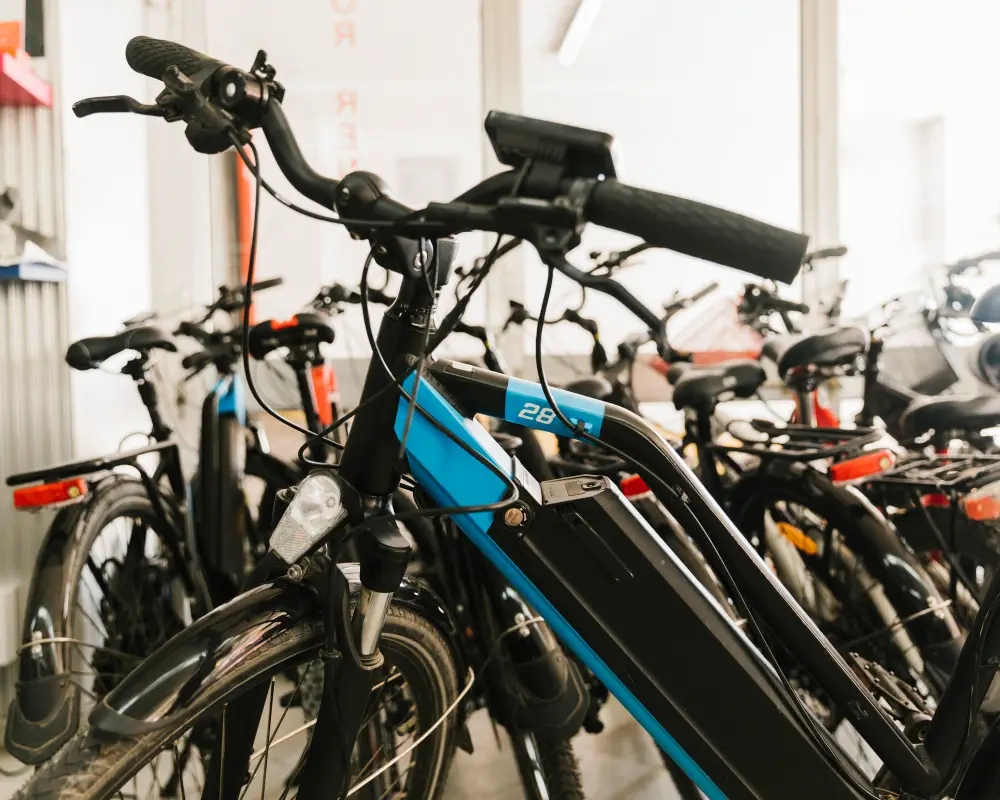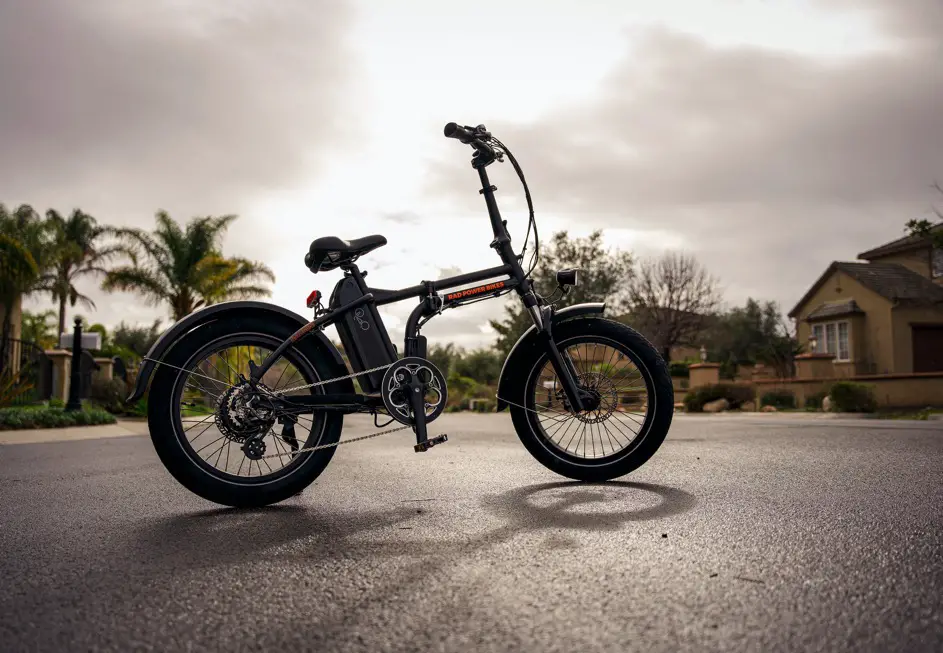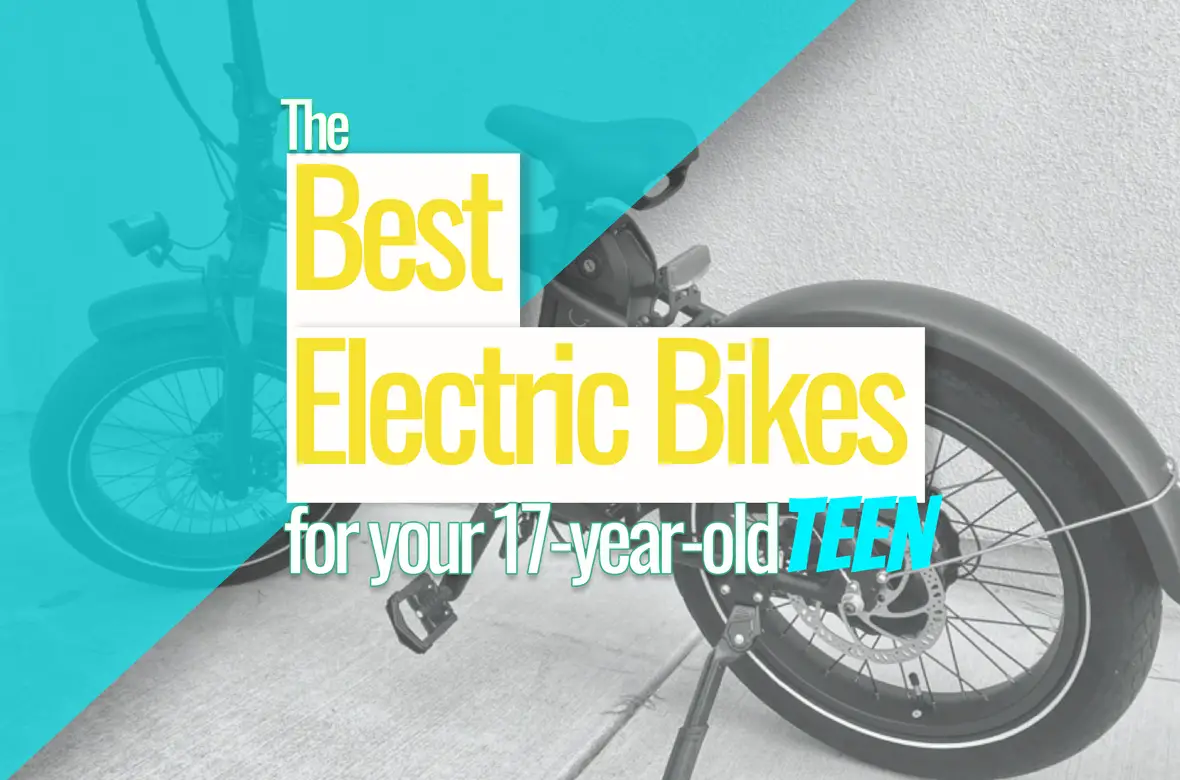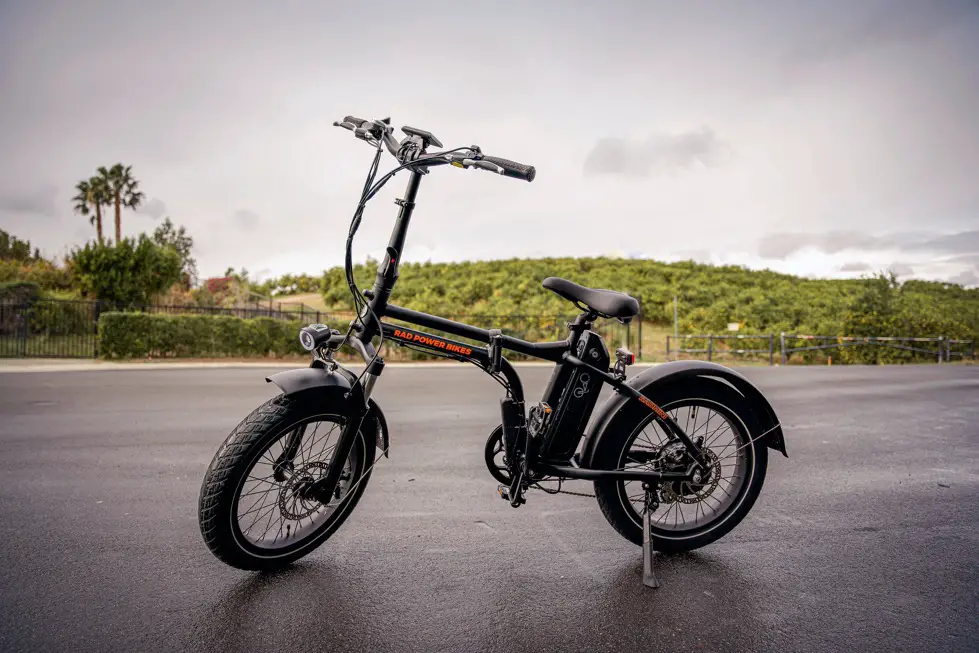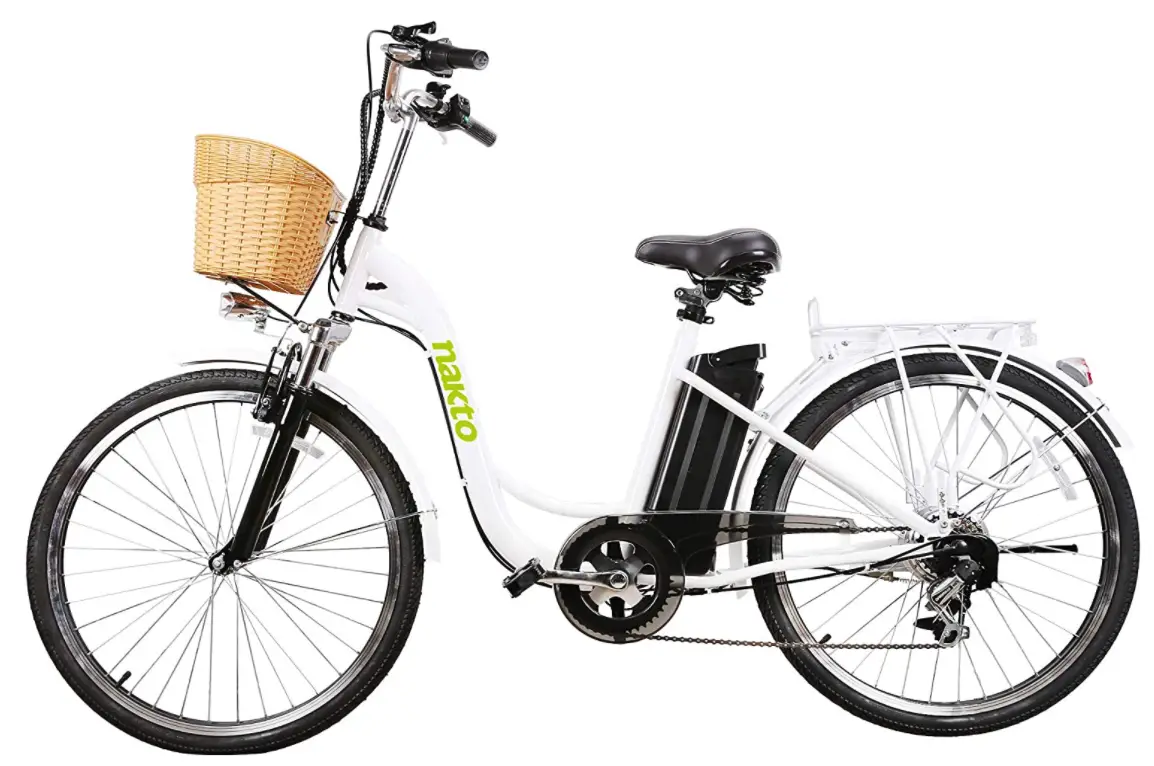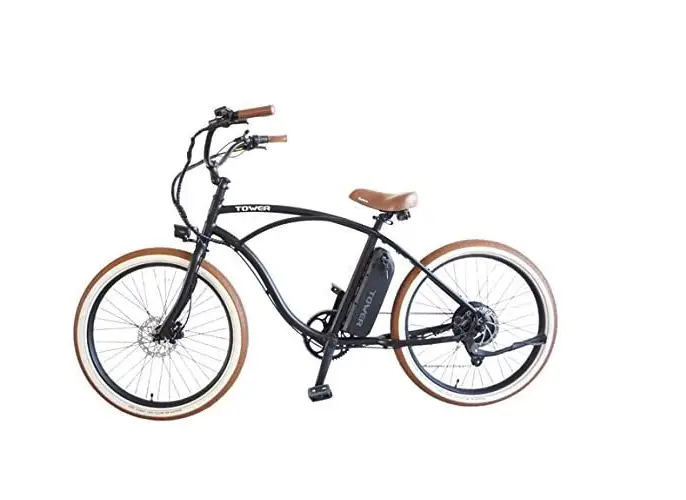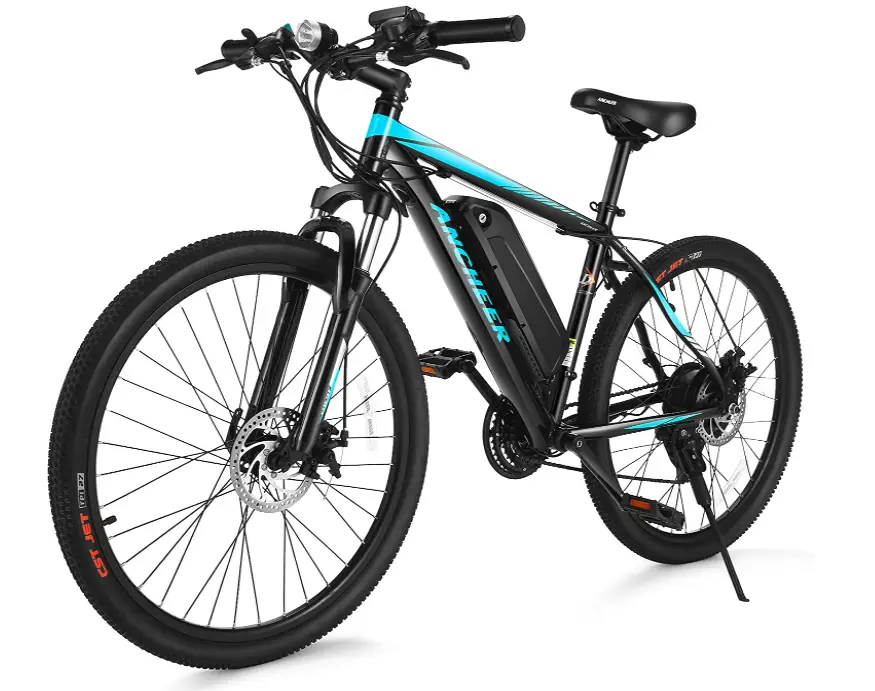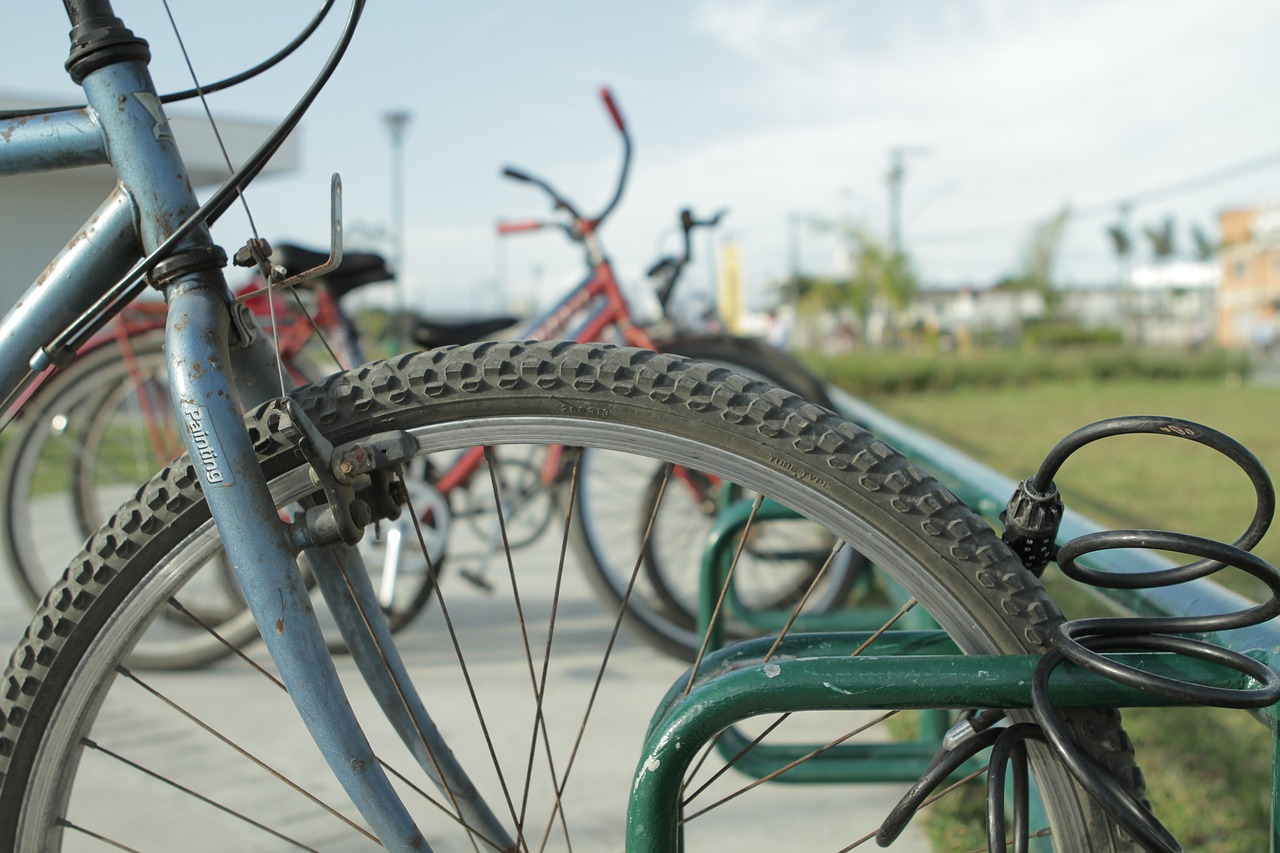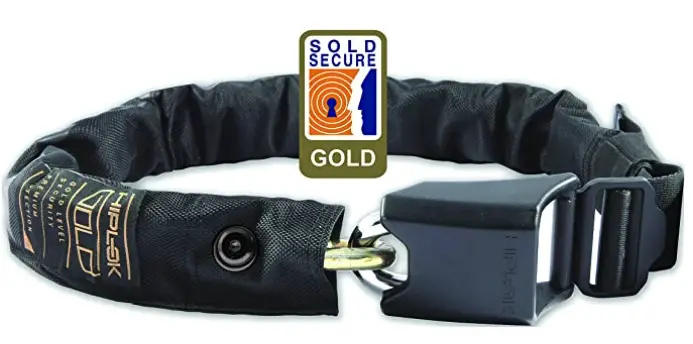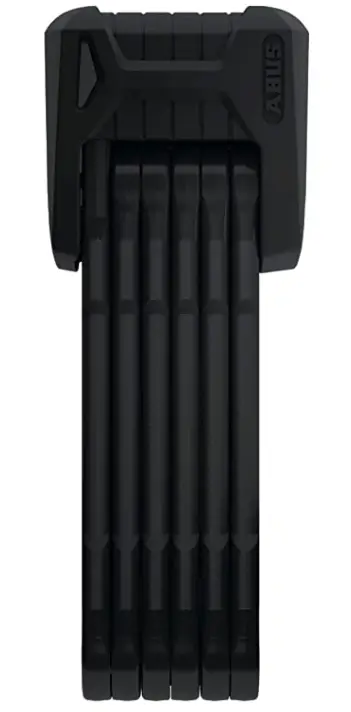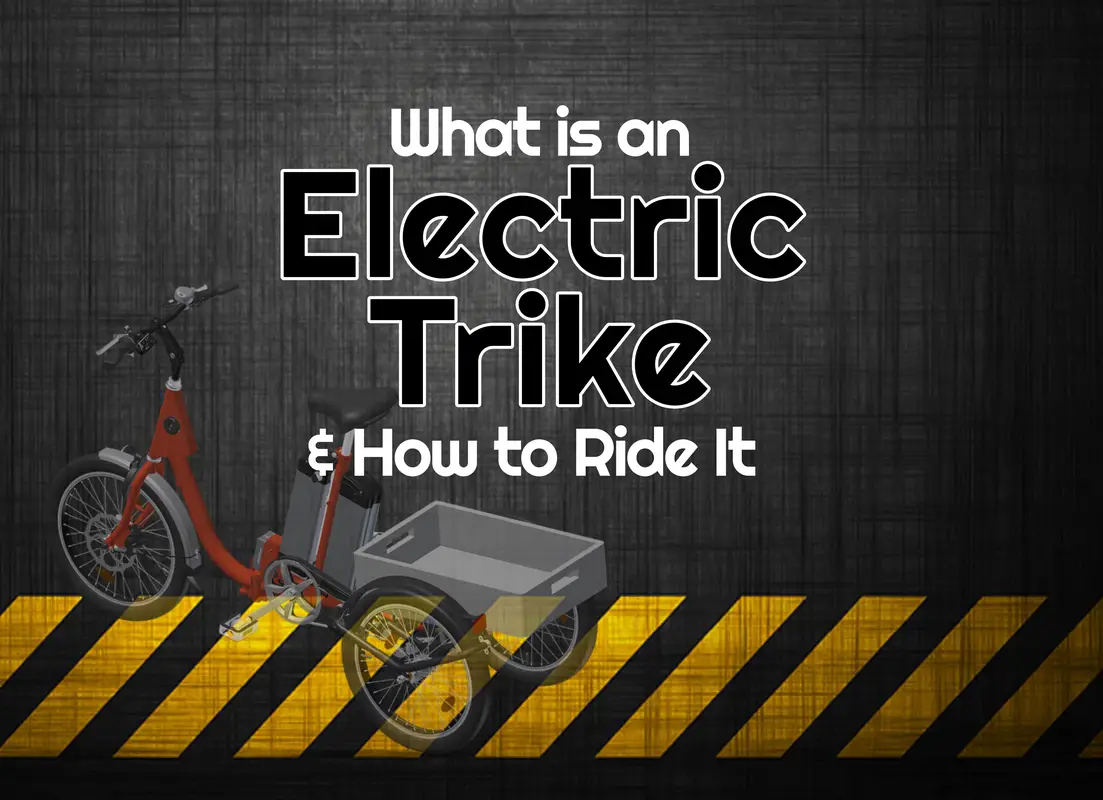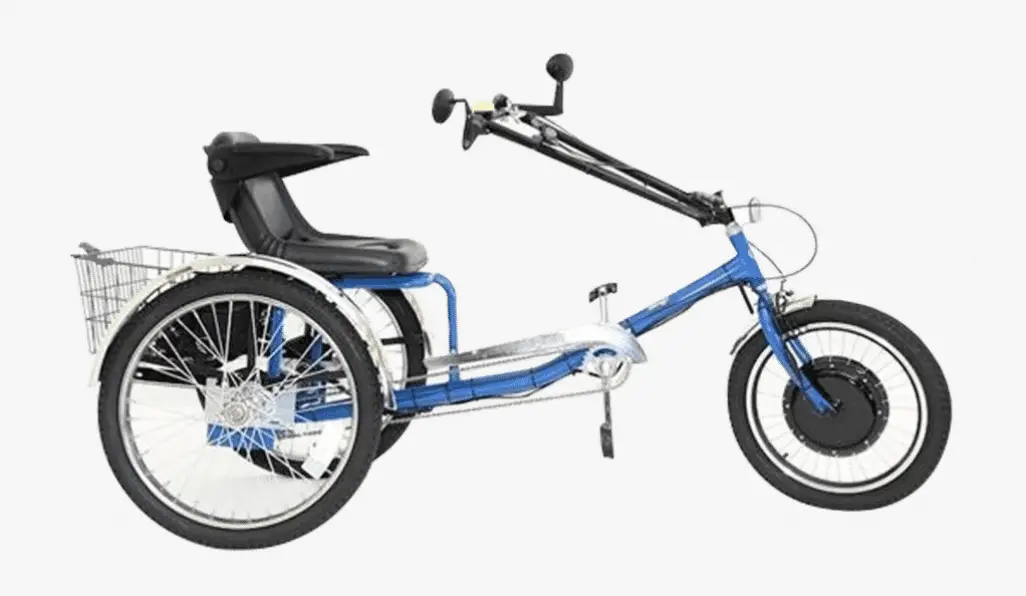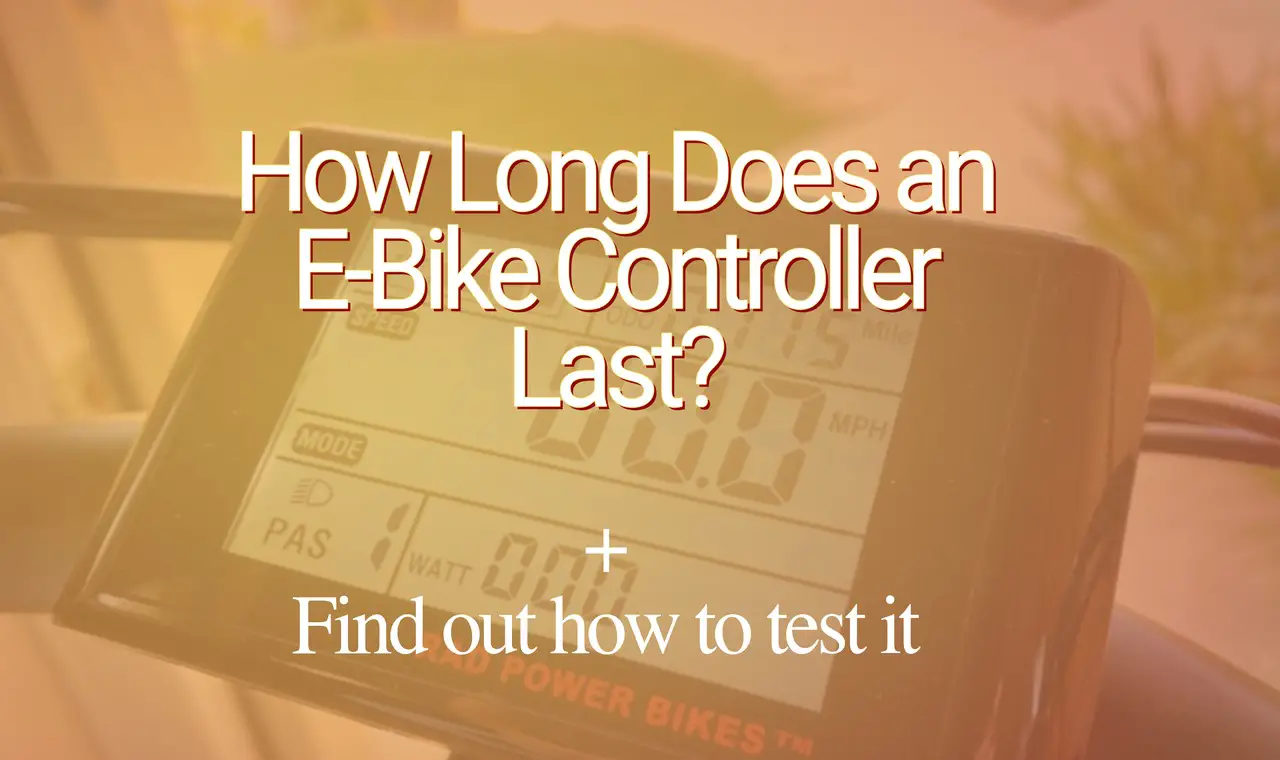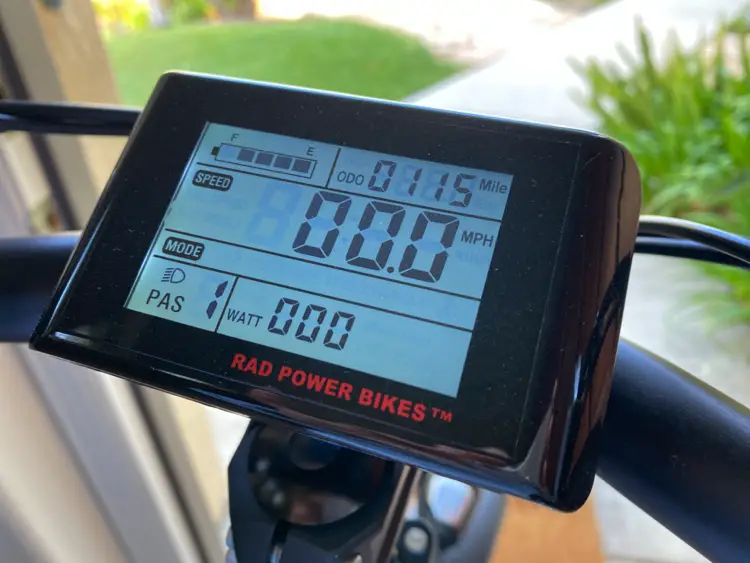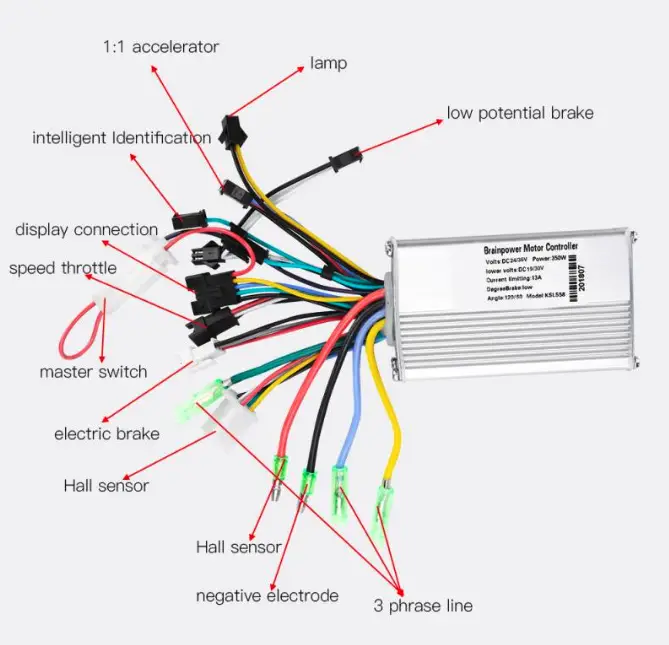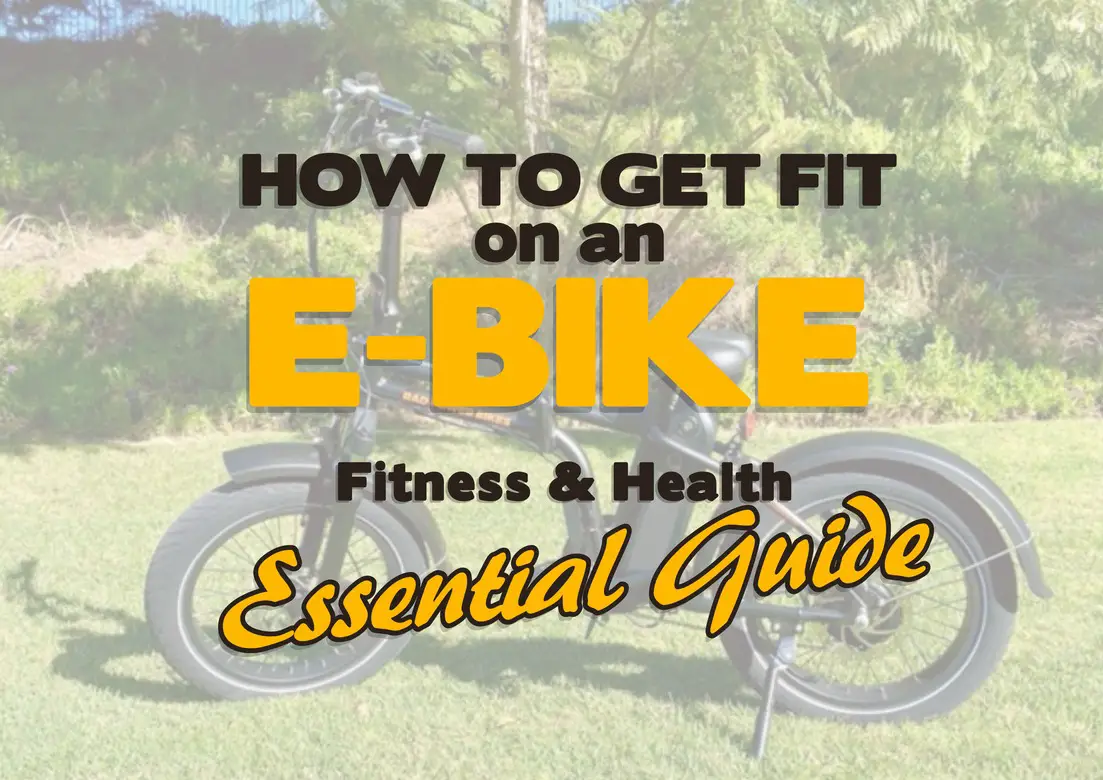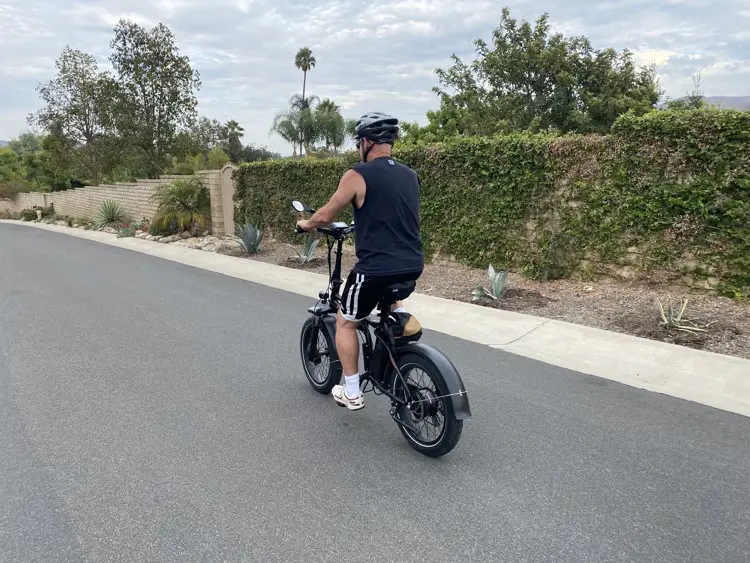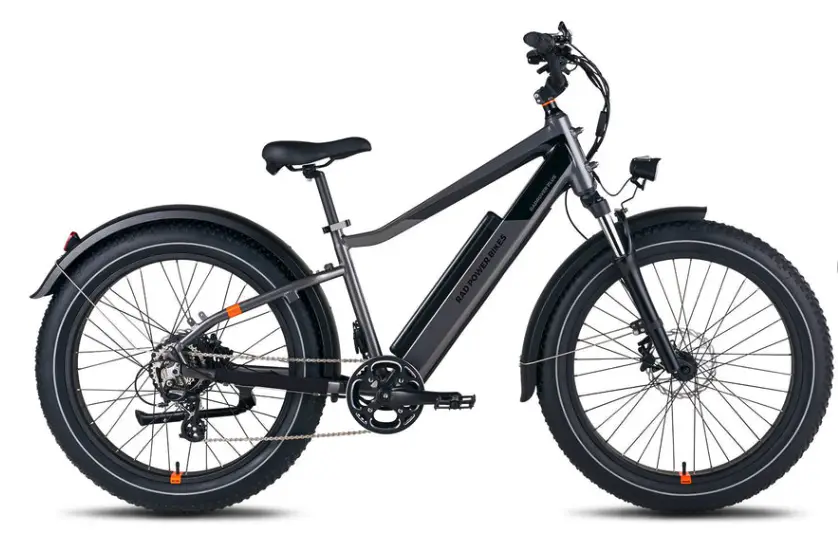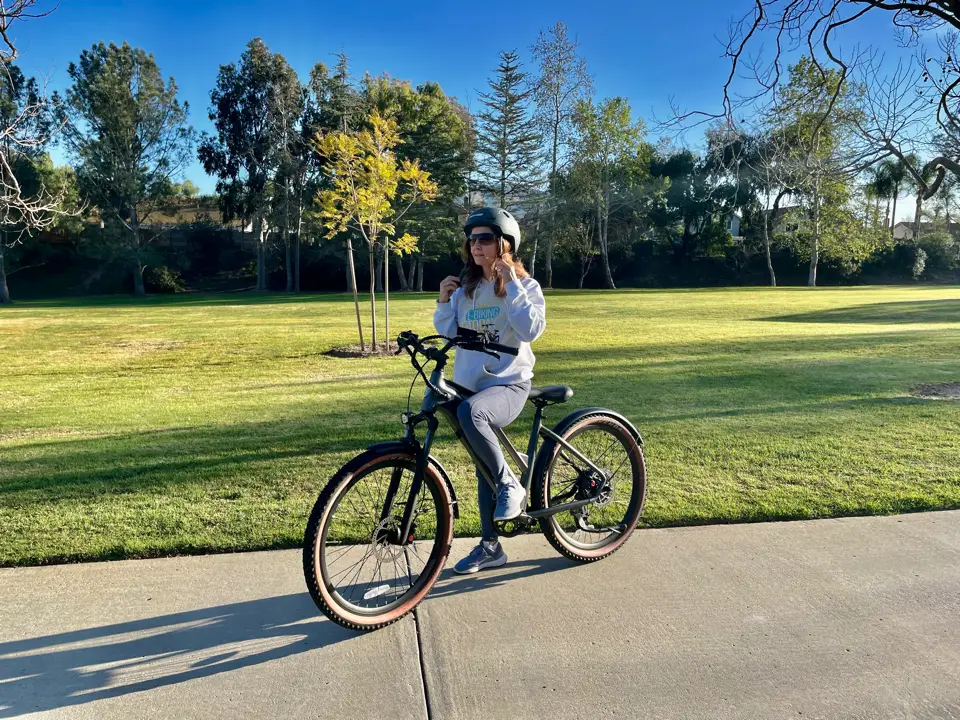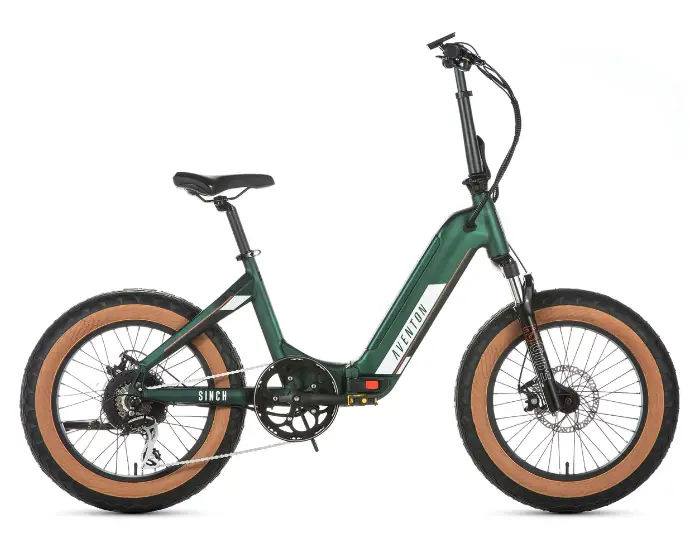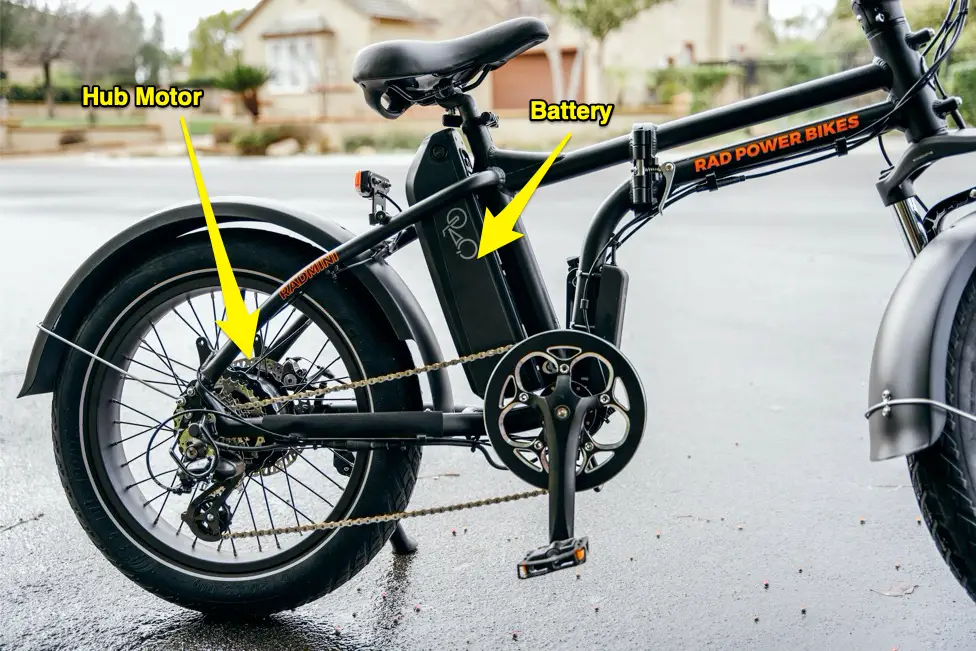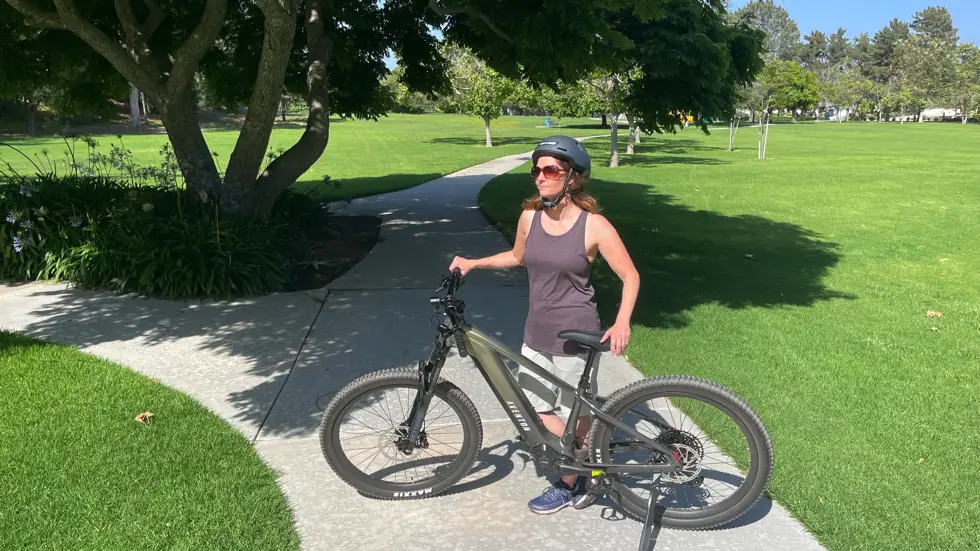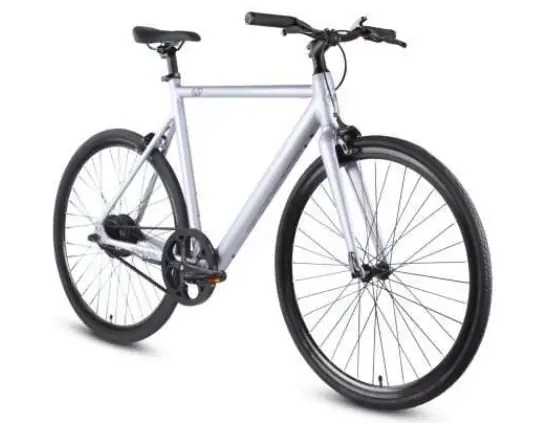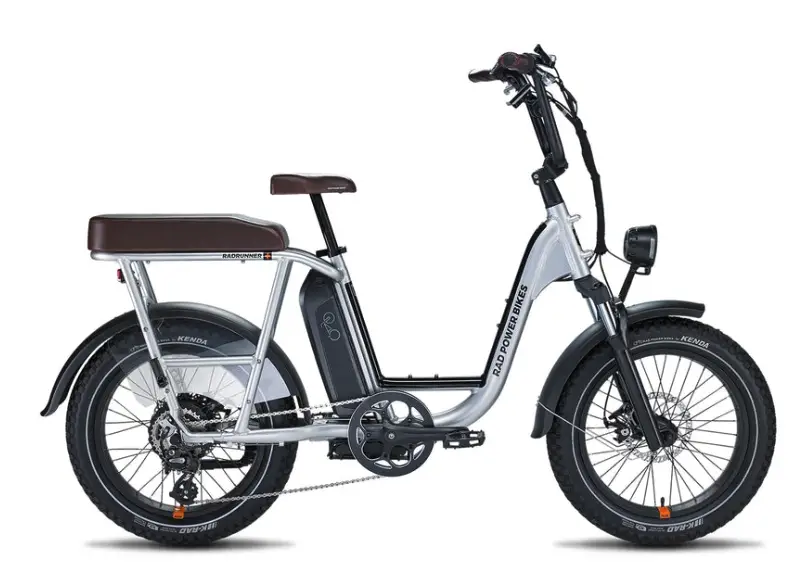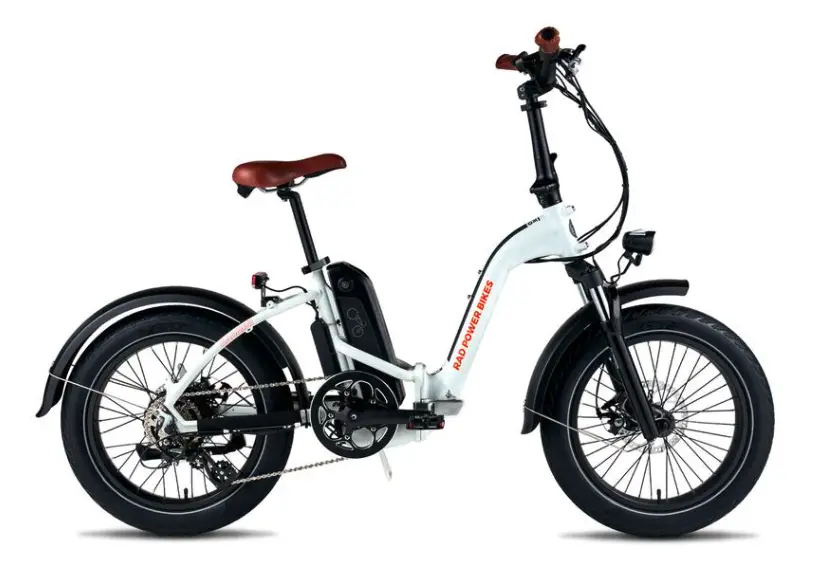Electric bikes are an outstanding way to get around town, get some exercise, and enjoy the fresh air. But not all electric bikes are created equal! Your ride experience, not to mention how fast you can go, is greatly dependent on the power your e-bike is able to generate.
On average, a 1000W (1000 watt) electric bike will go up to 35 mp/h (56.32 km/h) over flat terrain with pedaling. This speed can differ depending on changes in terrain and weather.
Speed depends a lot on wattage! Today I’ll show you how fast 1000W electric bikes go in various situations. These situations will affect the speed of all e-bikes, regardless of their wattage. So if you’ve ever wondered, “How fast does a 1000W electric bike go?”, read on and I’ll tell you what you need to know.
Electric Biking Speed: How Fast Is an E-Bike?
Having an electric bike, or e-bike as they’re also called, can change the game for a lot of people when it comes to exercise, commuting, and recreation. These speedy bikes are great for getting you where you need to go fast, without the slog of having to pedal hard over rough hills or long distances. But how fast do they really go?
Basically, an electric bike can go as fast as you can pedal it. But, depending on its power, you’ll only receive pedal assistance up to 20mph to 28mph for most bikes. At this point, the motor cuts out and you’ll only go faster if you are pedaling hard.
However, while we now know that the top pedal-assisted speed of a 1000W electric bike is 35 mp/h (56.32 km/h) on a level road, there is still the question of how fast can it really go in different situations.
Before we look at how variations in riding will affect your speed, keep in mind that pedaling (versus not pedaling) can make a big difference, too. You can always opt to just use the throttle that is on most high-watt e-bikes. But you will be able to go faster if you pedal as well.
I highly recommend pedaling more often than not. Not only will you get the health benefits, but you’ll also get an extra boost of speed along the way, making your ride faster and more fun!
One thing is for sure, a 1000W pedal assist bike is not for kids of any age.
How does the terrain affect an e-bike’s speed?
First and foremost, the top speed of an electric bike will depend on where you’re riding it! Rough terrain and hills can slow you down. However, it’s important to note that a 1000W e-bike is more than powerful enough to take you just about anywhere fast. So, let’s take a look…
Can electric bikes climb steep hills? (Uphill terrain)
Going uphill (and downhill) can drastically change the speed of your ebike. It’s important to note that uphill rides won’t just be slower, they’ll also drain your battery faster. So even if you’re fine with a slower uphill ride, plan on the battery shortening your trip if you’ll be riding lots of hills.
Even with the added pain of losing some battery charge on the uphill climb, today’s e-bikes are made to tackle these variations in incline. After all, many cities aren’t flat. So, electric bike manufacturers have taken terrain into consideration, making most of them powerful enough to climb even steep hills.
So how fast does a 1000W electric bike actually go uphill?
Electric bike riders have found that when going uphill, without pedaling, a 1000W bike will go between 20-25 mp/h (32-40 km/h) on a small hill and 15-20 mp/h on a steep hill (24-32 km/h).
That’s significantly slower than its maximum speed of 35 mp/h.

Pavement and asphalt speeds will be faster than dirt trails or unpaved roads, but on average, the difference in speed shouldn’t be too large as long as your path is smooth enough for casual biking.
To give yourself some extra oomph on the uphill, consider your riding position. To be more aerodynamic, lean forward as you ride upward.
As we said before, pedaling can increase your speed and battery life while also providing great cardio exercise without the monumental effort of manually pedaling the entire way up.
Read here to find out more about getting exercise on an e-bike.
How fast can an e-bike go downhill? (Downhill terrain)
Where uphill is hard, downhill is where the fun is at. There isn’t anything quite like speeding down a hill with the wind in your hair!
It’s hard to determine how fast a 1000W electric bike can go downhill because you won’t be using the motor. Instead, you’ll be coasting. Therefore your speed will depend on your weight, the weight of the bike, the weight of whatever you are carrying, and your tires. The heavier everything is, the faster you’ll go!
One fun fact is that some types of e-bikes use regenerative braking, which means that the battery will actually charge when going downhill. Not all electric bikes have this feature, but if you’re one of the lucky ones that have a bike with regenerative braking, then the recharge on the downhill can help even out the extra battery drain on the uphill.
Dirt and gravel paths
Whether an electric bike can take you over dirt and gravel quickly will depend first on whether it has the correct tires (like fat tires), and then on your e-bike’s watts. Because your path won’t be smooth, you will surely go slower. And the more bumps and loose dirt or gravel, the slower you’ll be able to go, even with a 1000W bike.
One other thing to consider… make sure your tire pressure is ideal for the terrain you’re conquering. Follow the manufacturer’s suggestion for tire inflation on the road versus on the dirt.
How does weather affect electric bike speed?
The second thing that can really slow down an electric bike is the weather. Rain, snow, heat, and cold all influence e-bikes and their speeds. As much as we wish for perfect riding weather every day, you need to prepare for everything that mother nature may throw at us.
Riding an e-bike in the rain (will it slow you down?)
Unless it’s a torrential downpour, rain won’t affect speed very much. It may surprise some riders to find that their e-bike goes just as fast in the rain, but that doesn’t mean you shouldn’t take some extra precautions.
Waterproofing yourself and your e-bike is always a good first step in responsible ebike ownership. Modern e-bikes are water-resistant and experience no danger or slowdowns when riding in the rain, but there is a limit to how much they can take.
In deep water, not only do you lose speed, but you also risk damaging your bike and its electrical components. A good rule to follow is this: Splashing is fine, submerging is not.
An electric bike that has been submerged but still runs may permanently become slower. So if speed is something that you’re worried about, keep it out of deep water!
How fast can you ride an e-bike in the snow?
Snow can put a major damper on a quick e-bike ride. Even plowed roads and bike paths are destined to slow you down.

In order to get the best speed possible in the snow, good tire pressure and the right type of tires and inner tubes will go far. It may seem silly to buy a set of snow tires for just a few months out of the year. But if you use your e-bike for regular commutes, you’ll thank yourself later.
Studded snow tires not only allow for better speed but also better traction. If you live in a snowy climate and want to keep riding year-round, make the investment in snow tires.
A 1000W ebike is powerful and fast in general. So exercise caution when weaving in and out of traffic or biking through dangerous areas like cliffsides when there is snow on the ground. Don’t let your electric bike’s power and the icy roads get the best of you!
Take a look at how cold weather can harm your e-bike
Can heat impact your electric bike’s speed?
Electric bikes are great for when it’s too hot to be manually biking from place to place since they can do almost all the work for you. But did you know electric bikes can suffer losses in speed, performance, and battery life in extreme heat?
Warm weather is better for electric bikes than cold weather, but once you get above 115° F (46° C) the battery begins to degrade. A drained battery means a slower bike.
Most e-bike owners won’t be riding in heat that high, but there aren’t many things as unpredictable as the weather. If the heat begins to creep over 100° F (37° C), it’s a good idea for you and your bike both to take shelter until it cools down.
How does cold weather reduce an e-bike’s speed?
All batteries perform worse in the cold, and that includes electric bike batteries.
In order to keep your e-bike going as fast as possible, store it, or at least its battery, inside during the cold months.
Charge and store your battery between 50°F and 77°F (10°C and 25°C) indoors. Below this temperature, the battery will degrade. Failure to do so could render your battery useless, or put you in danger!
Take care of your battery with these tips!
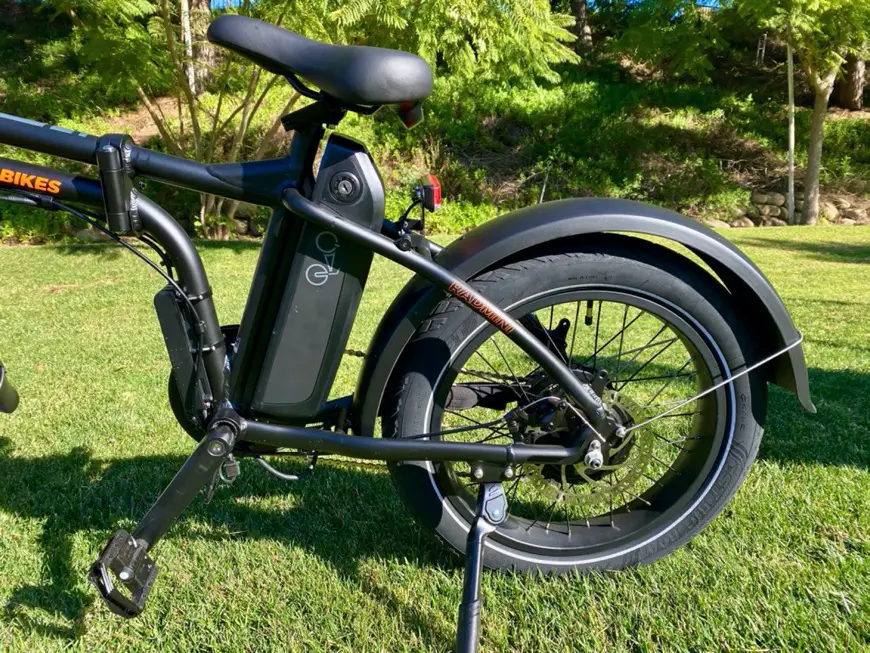
Electric Bike Wattage (Compared!)
1000W electric bikes are unquestionably on the faster side of available electric bikes. If you’re considering whether such a high-power bike is right for you, it might be a good idea to compare the power of a 1000W e-bike with other options on the market.
A comparison of electric bike wattage:
- 250W: A 250-watt electric bike can go up to 20 mph (32.19 km/h) on flat ground. For many people, this is more than satisfactory to get you where you need to go. However, you will need to pedal harder to get to the top speed. Many lower-priced options can be found directly from Amazon and shipped quickly.
- 500W: A 500-watt electric bike can go up to 25 mph (40.23 km/h) on flat ground. If you will be using an electric bike for various reasons, including commuting and recreation, a 500W e-bike might be the perfect solution. There are still affordable choices and riding modest hills or over rough terrain won’t be a problem.
- 750W: A 750-watt electric bike can go up to 45 km/h (28 mph) on flat ground. If you’re willing to pay a little more (and your state allows 750W e-bikes), check out the different brands for your best options.
FYI: I ride a 750W RadMini from Rad Power Bikes and absolutely love it! This is a great recreational bike that can easily tackle hills and dirt paths at a good speed. I must also say that I can’t imagine riding anything faster… so I have no interest in a 1000W bike!
- 1000W: A 1000-watt electric bike can go up to 35 mph (56.32 km/h) on flat ground. Are you into racing? Or planning to do long-distance road riding? Or want to haul goods and/or a bike trailer? Then a 1000W electric bike could be really helpful for you!
- 1500W: A 1500-watt electric bike can travel at speeds of roughly 40 mph (64 km/h) over flat ground. Not surprisingly, a bike that can go this fast requires more caution than any other. Make sure you have a good reason for needing an e-bike that is this fast and can easily stay in control of it!
Why you should (or shouldn’t) buy a higher-watt electric bike
Even the lowest-wattage e-bike can go the recommended maximum of 20mph (32km/h). So what reasoning is there to pay more for a higher wattage electric bike?
Simply put, higher-wattage electric bikes are better workhorses. If you want to carry groceries, deliver food, or ride to school with a backpack full of books, that extra wattage is really going to help with the extra weight.
This also applies if your usual riding routes are full of hills. A 1000W electric bike is going to tackle a hilly commute with less effort than one with lower watts.
The most popular reason to purchase a 1000W bike compared to a less powerful one is traffic. If you plan on riding your electric bike on the road, especially highly traversed roads, then a 1000W or even a 1500W electric bike might be your best bet.
These higher-powered e-bikes can stay in line with traffic and keep up with most cars in neighborhoods. Of course, if you plan on riding your bike on the road with other commuters in cars, you’ll need to take more safety precautions.
It’s sometimes safer to ride a faster e-bike on the road than to ride a slower one. When you’re deciding on what wattage bicycle to purchase, carefully consider where you’re going to be riding the most. Then choose the bike that works best for you.
Find out how to choose an electric bike perfect for you!
Dangers Of Riding Your 1000W Electric Bike Too Fast
So now that you know that your electric bike can get some serious speed, even in less-than-ideal conditions, there is another question you have to ask yourself.
Is it safe to ride my e-bike at the maximum speed?
Most states in the US allow e-bikes to go a maximum of 20 mp/h (32 km/h) with electronic assistance. A 1000W electric bike can go faster than this speed and may be illegal to ride.
Even if these powerful e-bikes are allowed in your state and city, take extra caution and slow down around pedestrians and other riders.
Read more about the safety of e-bikes!
Three-tier classification of electric bikes
There are three classes of electric bikes. The first two classes can be ridden almost anywhere you can ride a regular bike, but the third class is mainly for road riding.
- Class 1: E-bikes with only pedal-assist and no throttle, with a top-assisted speed of 20 mph.
- Class 2: Electric bikes that are throttle-assisted and have a top speed of 20 mph.
- Class 3: Pedal-assist only e-bikes with no throttle and a maximum assisted speed of 28 miles per hour.
As you can see, your 1000W bike might go faster than the max assisted speed of 28mph allowed in the 3 classes.
The bad news is that many countries and states (including a majority of states in the US) don’t allow you to ride an electric bike with over 750W… and some won’t allow more than a 250W e-bike! Check the laws in your area before deciding to purchase a high-wattage electric bike. And, ride such a powerful bike with caution, staying aware of your surroundings.
If you want to see how fast your electric bike can really go, stick to areas specifically made for racing. This will eliminate possible pedestrian casualties and other accidents.
In Conclusion
A 1000W electric bike is a powerful motorized bike that will take you far, even in rough terrain or less-than-stellar weather conditions.
These fast electric bikes have long-lasting batteries and durable motors to keep you on the road. But they aren’t really ideal for bike paths full of other cyclists or any other areas with numerous pedestrians. 1000W electric bikes are best for the road.
Check out the electric bike wattage compared section of this article to get a good idea of how fast each type of electric bike can go before you make your purchase. Additionally, consider the laws in your area.
With a maximum speed of 35 mp/h (56.32 km/h), a 1000W electric bike can be exceptionally fast. And with more speed comes more things to consider before each ride.
So if you ever wondered how fast does a 1000W electric bike go, I hope I’ve answered your questions. Have fun out there!

